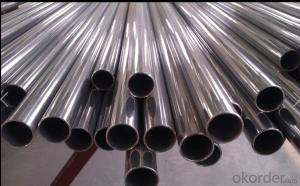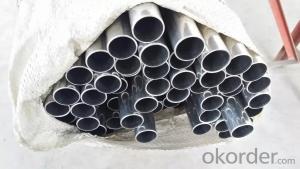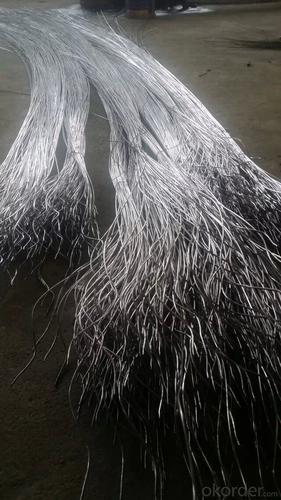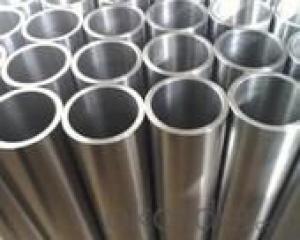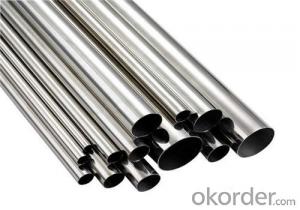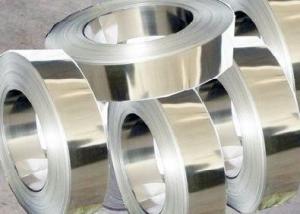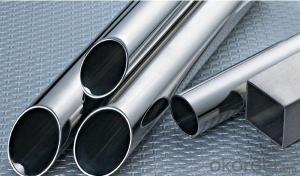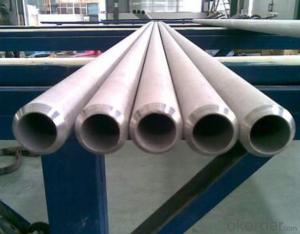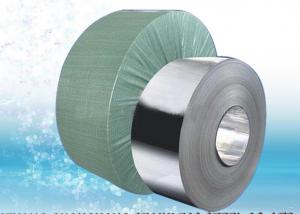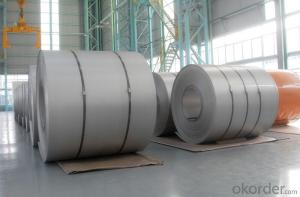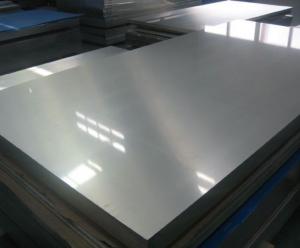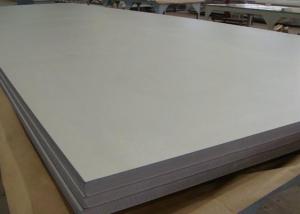High precision 316l stainless seamless steel capillary tube
- Loading Port:
- Shanghai
- Payment Terms:
- TT OR LC
- Min Order Qty:
- 50 m.t.
- Supply Capability:
- 10000 m.t./month
OKorder Service Pledge
Quality Product, Order Online Tracking, Timely Delivery
OKorder Financial Service
Credit Rating, Credit Services, Credit Purchasing
You Might Also Like
High precision 316l stainless seamless steel capillary tube
Our advantages:
1.High quality and Competitive price
2.Professional service ,quick delivery
3.High luster,elegance,rigidity and durability
Specification:
| Description | High precision 316l stainless seamless steel capillary tube | ||||
| Grade | 310S,309S,316,316L,321,347,304,304L,201,301 310S(1.4845); 317L(1.1138); 321H(1.4878); 304H(1.4948), etc | ||||
| Standard | China | Japan | the United States | EU | Germany |
| GB | JIS | ASTM | BSEN | DIN | |
| GB/T14975/14976/13296 | JISG3459/3463 | ASTM A269/A312/A213/A511/A789/A790 | EN10216-5 | DIN17456/17458 | |
| Surface | Pickling,annealing,polishing,bright,sand blast,hair line,etc | ||||
| Size | O. D | 0.3mm~10mm | |||
| W. T | 0.08mm~1.5mm | ||||
| Length | 5mm-8000mm or Customize | ||||
| Advantages | 1. Reasonable price with excellent quality. | ||||
| 2. OEM Service Offered, Non-standard products can be ordered. | |||||
| 3. Durable in use: High precision. Smooth and Bright surface. | |||||
| 4. Excellent and high quality control. | |||||
| 5. Convenient transportation: Our company is beside the express way from Shanghai to Nanjing, it is 226km away from PuDong International Airport and 261km away from Yangshan Deepwater Port. | |||||
| Test | NTD(Ultrasonic test, Eddy Current test), Mechanical Test(Tension Test, Flaring Test, Flattening Test, Hardness Test, Intergranular Corrosion Test, Hydraulic test), Metal Test(Metallographic Analysis, Impact Test-High/low temperature), Chemical Analysis( Photoelectric Emission Spectroscopic) | ||||
| Applications | petroleum, chemical, pharmaceutical, food, machinery, aerospace, construction, military, hardware, gas boilers, plumbing devices, ships, power plants | ||||
| Delivery | 15-45 days after receiving deposit | ||||
| Origin | China | Payment terms | FOB, CFR, CIF | ||
| Package | Bundled with knitted plastic bag, wooden cases or according to customers' request. | ||||
| Service | 1. We accept OEM and sample orders to fulfill the clients’ requests. 2. If you have any problems during use. We spare no efforts in resolving your troubles. | ||||

- Q: Can stainless steel strips be used in the production of cutlery?
- Yes, stainless steel strips can be used in the production of cutlery. Stainless steel is a popular choice for cutlery due to its durability, resistance to corrosion, and easy maintenance. Stainless steel strips can be shaped and formed into the desired cutlery shapes, providing a sturdy and long-lasting product.
- Q: What are the different types of edges available for stainless steel strips?
- There are several different types of edges available for stainless steel strips, depending on the specific application and desired appearance. Some common types of edges include: 1. Mill Edge: This is the standard edge produced during the manufacturing process. It has a smooth, straight finish with no additional processing or treatment. 2. Slit Edge: This edge is created by cutting the stainless steel strip to the desired width using a slitting machine. It typically has a slight burr or roughness along the edge, which can be removed through deburring or other finishing processes. 3. Rounded Edge: Also known as a round edge or rolled edge, this type of edge is created by rolling the stainless steel strip to give it a curved or rounded profile. It provides a safer and more comfortable edge, making it suitable for applications where sharp edges could pose a risk. 4. Deburred Edge: This edge is achieved by removing any burrs or roughness from the edge of the stainless steel strip. Deburring is typically done using specialized equipment or processes to ensure a smooth and clean finish. 5. Beveled Edge: A beveled edge is created by cutting the stainless steel strip at an angle, usually 45 degrees, to create a sloping or chamfered edge. This type of edge is often used for aesthetic purposes or to facilitate welding or joining of the strips. 6. Custom Edges: Depending on the specific requirements of a project or application, custom edges can also be created. These may include different profiles, finishes, or treatments to meet specific functional or aesthetic needs. It is important to consider the intended use and requirements of the stainless steel strips when selecting the appropriate edge type. The choice of edge can impact the performance, appearance, and safety of the final product.
- Q: 301 stainless steel belt and 304 stainless steel belt, which quality is good?
- You can be responsible to tell you, 304 to better stainless steel, the amount of nickel will be on the 304 to more than 301
- Q: How do stainless steel strips perform in low temperature environments?
- Stainless steel strips perform exceptionally well in low temperature environments due to their inherent properties such as high strength, corrosion resistance, and toughness. They are capable of maintaining their structural integrity, durability, and resistance to brittleness even in extremely cold temperatures.
- Q: Can 111 stainless steel strips be laser cut for precise shapes?
- Yes, 111 stainless steel strips can be laser cut for precise shapes. Laser cutting is a highly accurate and precise method that can be used to cut through various materials, including stainless steel. The laser beam used in the process is controlled by a computer, allowing for intricate and detailed cuts to be made with high precision. With the right settings and parameters, laser cutting can easily handle 111 stainless steel strips to create precise shapes according to the desired specifications.
- Q: Can stainless steel strips be formed into coils or rolls?
- Stainless steel strips have the capacity to be shaped into coils or rolls. Typically, stainless steel strips are manufactured in coil form and can be easily wound into a coil or roll shape. This quality makes them highly convenient for transportation, storage, and subsequent processing. The formation of stainless steel strips into coils or rolls involves a combination of bending, coiling, and winding techniques, which yield compact and tightly wound stainless steel coils. These coils or rolls can then find utility in a wide range of applications, including but not limited to manufacturing, construction, automotive, and various other sectors. The ability to shape stainless steel strips into coils or rolls enhances their versatility, thus rendering them a favored choice in numerous industries.
- Q: Can stainless steel strips be used in the oil refinery equipment?
- Yes, stainless steel strips can be used in oil refinery equipment. Stainless steel is a highly durable and corrosion-resistant material, making it suitable for use in harsh environments such as oil refineries. It has excellent resistance to corrosion, high temperatures, and chemical exposure, which are important factors in the oil refining process. Stainless steel strips can be used in various components of oil refinery equipment such as heat exchangers, pipes, tanks, and valves, ensuring their longevity and functionality in the refinery operations. Additionally, stainless steel is easy to clean and maintain, making it a preferred choice in the oil refining industry.
- Q: Can 111 stainless steel strips be used in marine environments?
- Yes, 111 stainless steel strips can be used in marine environments. 111 stainless steel is a low carbon, high chromium stainless steel that offers excellent resistance to corrosion in various environments, including marine environments. It has good strength and toughness, making it suitable for use in marine applications such as boat fittings, marine hardware, and offshore structures. Additionally, 111 stainless steel has good weldability and can withstand exposure to saltwater and other corrosive elements commonly found in marine environments. However, it is important to properly maintain and clean the stainless steel strips to ensure their long-term performance in marine environments.
- Q: Are stainless steel strips suitable for medical equipment?
- Yes, stainless steel strips are suitable for medical equipment. Stainless steel is known for its durability, corrosion resistance, and ease of sterilization, making it an excellent choice for medical applications where cleanliness and hygiene are crucial. Additionally, stainless steel's ability to withstand extreme temperatures and pressures further enhances its suitability for medical equipment.
- Q: Can stainless steel strips be used in power generation plants?
- Yes, stainless steel strips can be used in power generation plants. Stainless steel is known for its high strength, corrosion resistance, and heat resistance properties, making it suitable for various applications in power generation plants, such as in steam turbines, heat exchangers, condensers, and piping systems.
Send your message to us
High precision 316l stainless seamless steel capillary tube
- Loading Port:
- Shanghai
- Payment Terms:
- TT OR LC
- Min Order Qty:
- 50 m.t.
- Supply Capability:
- 10000 m.t./month
OKorder Service Pledge
Quality Product, Order Online Tracking, Timely Delivery
OKorder Financial Service
Credit Rating, Credit Services, Credit Purchasing
Similar products
Hot products
Hot Searches
Related keywords

